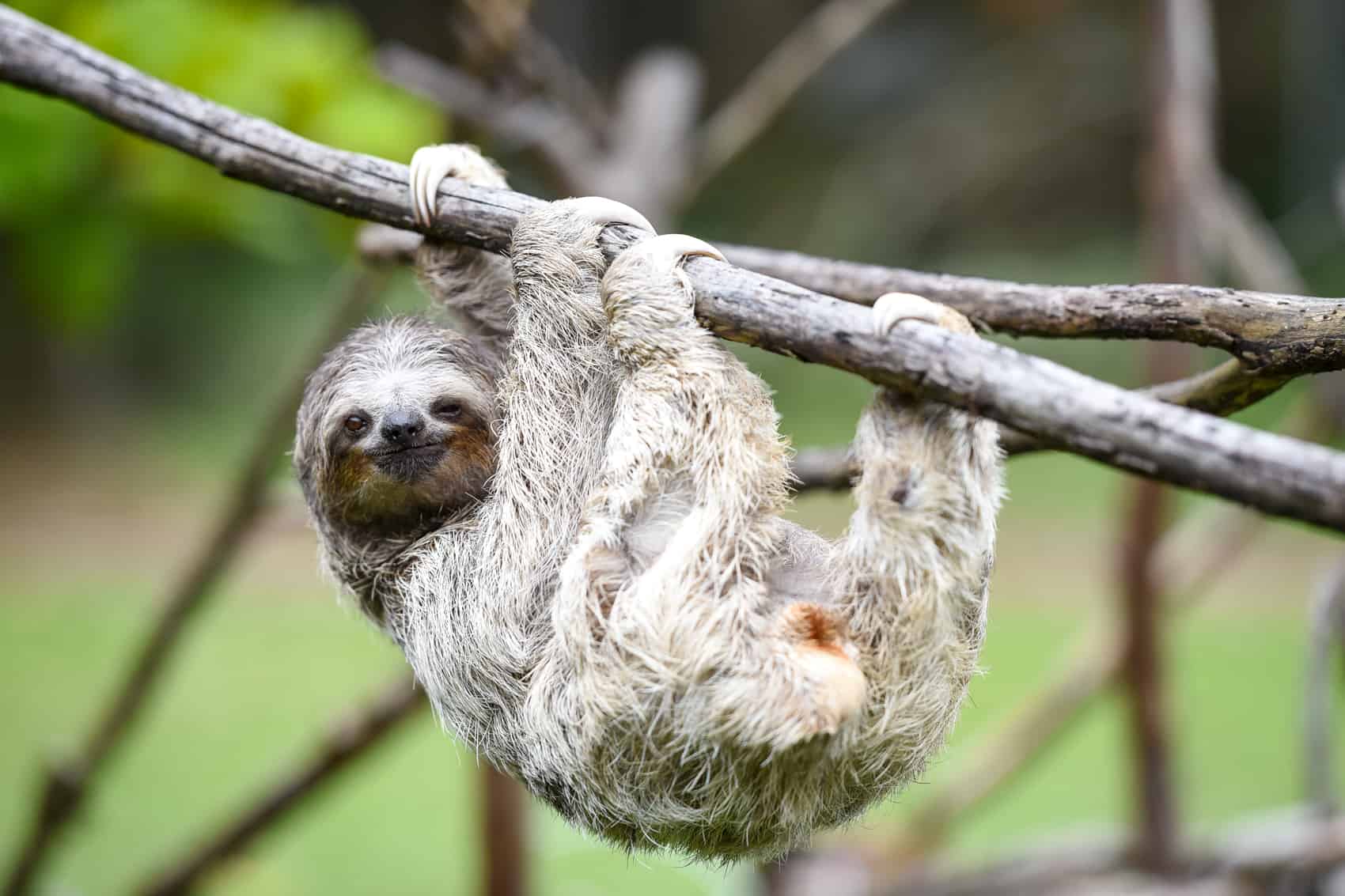Rescuers in Venezuela recently saved a sloth trapped on electrical lines, a scene that played out on social media and drew attention to a wider problem plaguing wildlife in the region. The animal, clinging to high-voltage wires in an urban area, faced certain death from electrocution. Teams from the Chuwie Rescue Center in Miranda State acted fast, using insulated tools to bring it down safely before releasing it back into a nearby forest.
This rescue, shared widely online, shows the careful steps involved: workers shut off power with help from local utilities, then used poles and nets to reach the sloth without harm. The center, founded by Haydée and Juan Carlos after saving an electrocuted sloth named Chuwie in 2021, handles dozens of similar cases each year. Urban sprawl in Caracas pushes animals like sloths into contact with power infrastructure as forests shrink.
Venezuela sees more of these incidents as cities expand and trees give way to development. Sloths, slow climbers that rely on branches, often mistake wires for vines. The Chuwie center reports that electrocutions make up 70% of their sloth rescues, with many animals suffering burns or losing limbs.
The problem extends beyond Venezuela. In Latin America, wildlife electrocutions kill thousands of animals yearly, disrupting ecosystems and causing blackouts when bodies short circuits. Birds, monkeys, and sloths rank among the hardest hit, drawn to wires for travel or perches.
Costa Rica faces one of the worst outbreaks. There, rapid urban growth fragments habitats, forcing animals to cross power lines. Organizations in Costa Rica note that species such as sloths, howler monkeys, squirrels, martens, foxes, vultures, pigeons, and raptors suffer most due to their behaviors. Other animals, including reptiles and larger mammals, also fall victim.
Records show the scale: in 2024, Costa Rica logged over 6,700 wildlife electrocution cases handled by electric companies. Earlier years saw similar numbers, with 5,839 reports between 2022 and 2023. Many cases go unreported, but experts estimate thousands die or sustain life-altering injuries like burns and amputations. Power outages from these events add to the toll, affecting communities.
Main factors include uninsulated overhead lines, outdated grids, and unchecked development. In areas like Guanacaste and the Central Valley, animals use wires as bridges between isolated tree patches. A recent case in Costa Rica involved a baby sloth clinging to its mother, who died from a shock after climbing a pole. Firefighters rescued the orphan, but such stories end badly more often.
Conservation groups fight back. International Animal Rescue (IAR) leads the “Esto NO es Pura Vida” campaign, a push to challenge Costa Rica’s image as a nature haven. The slogan flips the national motto “Pura Vida,” meaning pure life, to highlight how electrocutions contradict it. The coalition of rescue centers demands that power firms install guards, insulation, and wildlife crossings like canopy bridges.
A key win came in January 2024 with Decree No. 44329. The law mandates all electric service providers—public and private—to map high-risk zones, fix dangerous spots, and work with rescues for injured animals’ care and release. It aims to cut incidents through better designs and maintenance.
Yet progress stalls. More than a year on, full rollout remains spotty. Groups like IAR report little change on the ground, with animals still dying at high rates. In 2025, campaigners ramped up calls for enforcement, pointing to ongoing rescues and deaths.
Other countries take notes. Colombia has seen similar sloth saves, like a 2022 rescue in Tarazá where a worker pulled one from wires. Peru and Brazil report rising cases too, with animals dying on roadsides or in farms from electric fences and lines.
Experts say solutions exist: insulating wires, burying lines in key areas, and planting corridors to reconnect habitats. In Costa Rica, some spots like Santa Fe de Cóbano now have wildlife passages that let animals cross safely overhead.
These efforts matter for biodiversity. Sloths and monkeys play roles in seed dispersal and forest health. Losing them weakens ecosystems already stressed by climate shifts. The Venezuela sloth rescue serves as a reminder: human expansion tests wildlife survival. As Latin America grows, protecting animals from man-made hazards will define conservation success.






